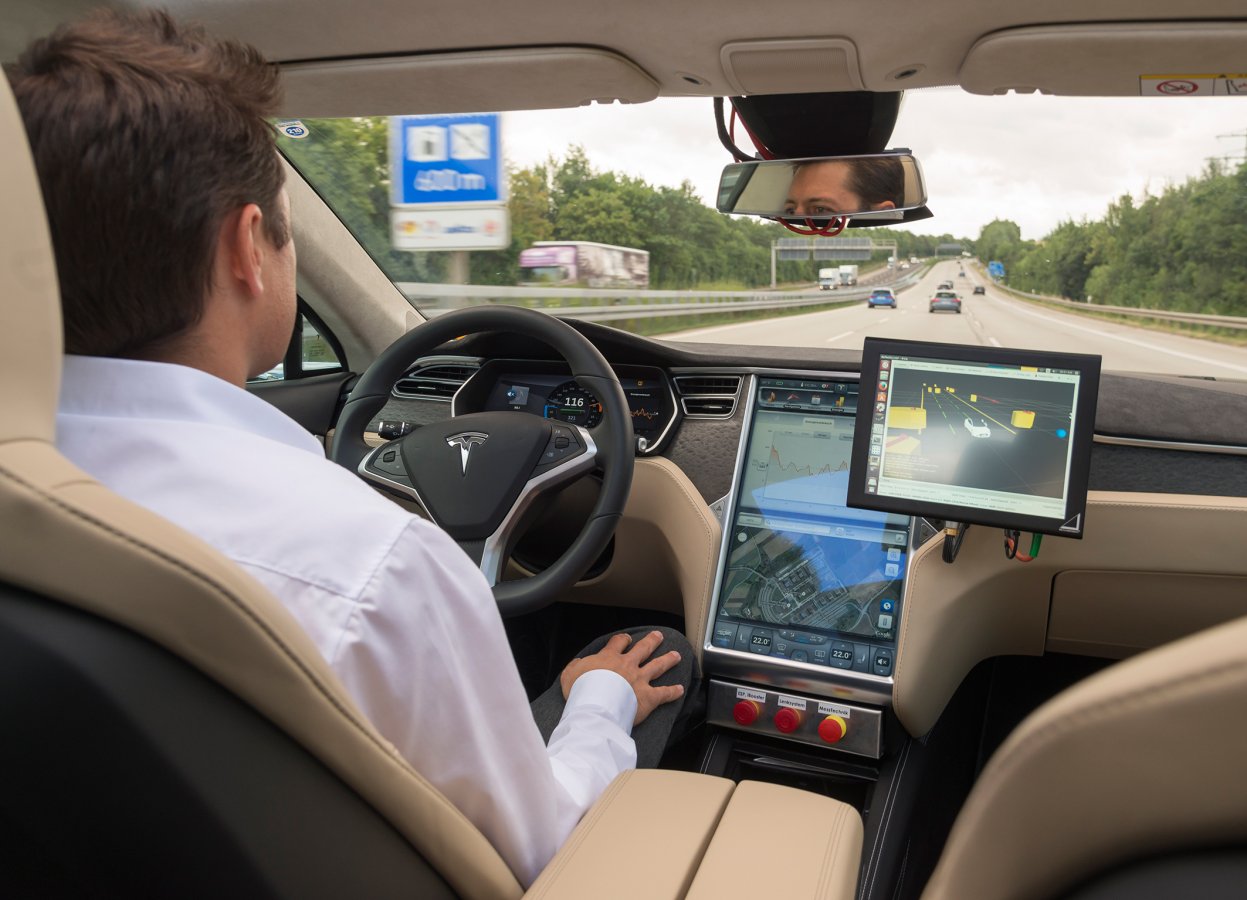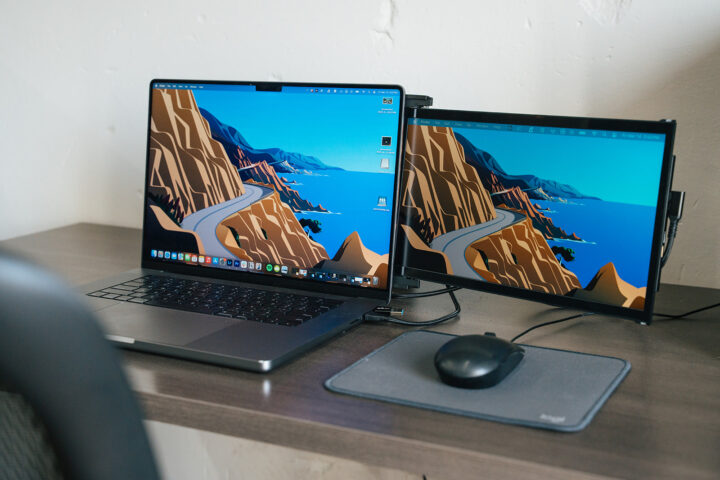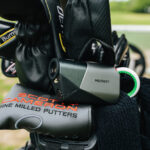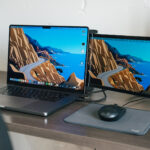For drivers, having the internet in their car is more than just a convenient add-on. It makes driving even safer and more efficient. Bosch will be illustrating this at the CES 2016 in Las Vegas with a series of connected functions and assistance systems. The company will also be demonstrating how easy these systems are to operate while keeping driver distractions to a minimum. The CES organizers have presented an award to Bosch for its latest development, a touchscreen that generates the sensation of real buttons by way of haptic feedback. The Bosch booth in Las Vegas will also be offering a live, hands-on preview of automated driving and smart vehicle connectivity.
The car: the driver’s truly personal assistant
Bosch will be offering a glimpse into the car of the future in the North Hall. Here, visitors to the Bosch show car will experience a new kind of interaction between humans and technology. “The way to minimize driver distraction is to provide the right information at the right time,” said the Bosch CEO Dr. Volkmar Denner at the company’s CES 2016 press conference in Las Vegas. In the show car, the dashboard and central console have been transformed into an electronic display. The information shown on this giant display changes depending on the vehicle’s current surroundings. If a pedestrian approaches from the right, a lighting sequence is triggered to alert the driver. Drivers’ preferences as well as appointments in their diary are also taken into account. For example, if an appointment is cancelled, the car of the future will automatically indicate the route to the next appointment in the diary. Drivers will be able to activate the autopilot to free up even more time and make their journey more relaxed.
But tomorrow’s connected cars will also be capable of much more. With a connection to the smart home, they will enable household functions such as heating or security systems to be operated at any time. For example, should a courier attempt to deliver a package with no one at home, all it will take is the tap of a finger on the vehicle’s display to allow the courier to deposit the package inside the house and confirm receipt. Interaction with technology really will be able to take such varied forms, and offer such safety and convenience. Connected infotainment will let drivers navigate not just through the traffic but through their whole day. They will be able to use it to access online services and smartphone apps – and they will be able to control it using gestures and speech, just as if they were talking with a passenger. This will turn the car into the driver’s truly personal assistant.
A touchscreen that feels like it has real buttons
In advance of the trade show, Bosch has received a CES 2016 Innovation Award in the In-Vehicle Audio/Video category for a new touchscreen. This device can generate different surface textures, allowing elements to be felt on the display. This haptic feedback makes it easier to operate infotainment applications such as navigation, radio, and smartphone functions. Often drivers will not even need to look at the information on the screen to control it – instead, they can keep their eyes on the road. The screen generates the feel of rough, smooth, and patterned surfaces to indicate different buttons and functions; to make a selection, a button needs to be pressed more firmly. What makes this special is that the touchscreen looks no different from an ordinary display – and yet it gives users the impression that they are pressing real buttons.
No need to fear wrong-way drivers: a guardian angel in the cloud
Connectivity makes driver information more up to date than ever before. This is particularly important when it comes to wrong-way drivers. In general, it takes several minutes for radio stations to issue warnings over the airwaves, but a third of wrong-way driving incidents finish after just 500 meters. Bosch is currently developing a new cloud-based wrong-way driver alert that will let drivers know of any danger just ten seconds after it arises. As a pure software module, it can be integrated at low cost into smartphone apps such as Bosch’s myDriveAssist or existing infotainment systems. In order to detect wrong-way driving, the cloud-based function compares actual, anonymized vehicle movement on freeways with the permitted direction of travel. If there is a discrepancy, wrong-way drivers are warned of their error in a matter of seconds. At the same time, nearby cars traveling in the opposite direction are alerted to the danger. Starting in 2016, the new function will be available as a cloud service.
The highway pilot will increase road safety from 2020
Highly automated driving will further increase the safety of road traffic. This development will come to freeways in 2020. According to forecasts made by Bosch accident researchers, increasing automation can significantly reduce accident numbers – by up to a third in Germany alone. At CES 2016, Bosch will be showcasing the systems and sensors necessary for automated journeys in another demo vehicle at the Sands Expo. Visitors will also learn how the highway pilot works, a highly automated system that assumes all the driver’s tasks and responsibilities on freeways. This technology is already being tested on public roads. Bosch is testing automated driving on freeways not only in Germany and the United States but now also in Japan.
In the future, cars will also be able to see around bends and be aware of possible danger spots, thanks to a stream of real-time information from the internet on the location of traffic jams, construction sites, and accidents. This data will serve as an electronic “connected horizon” and give cars an even better picture of what lies ahead – further increasing safety and efficiency.
It’s up to cars, not drivers, to find a parking space
Every journey ends with parking. To make this job easier, Bosch is developing a new function called automated valet parking. This solution does more than relieve drivers of the task of finding a vacant space in a parking garage: it enables cars to park themselves. Drivers can simply leave the car at the entrance to the parking garage. Using a smartphone app, they then instruct their car to find a space for itself. When ready to leave, they call the car back to the drop-off point in the same way. Fully automated parking relies on smart infrastructure in parking garages plus the vehicle’s on-board sensor systems – and connectivity for both. Sensors in the pavement provide up-to-date information on where free parking spaces are located, so cars know where to go. Bosch is developing not only the fully automated parking function but also all the necessary components in-house.
Source: BlogsRelease























